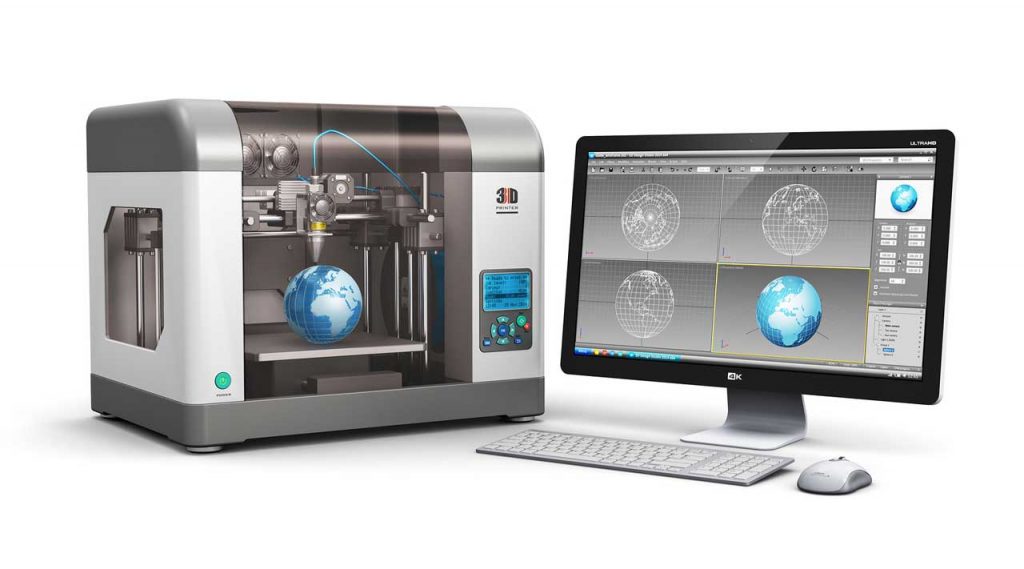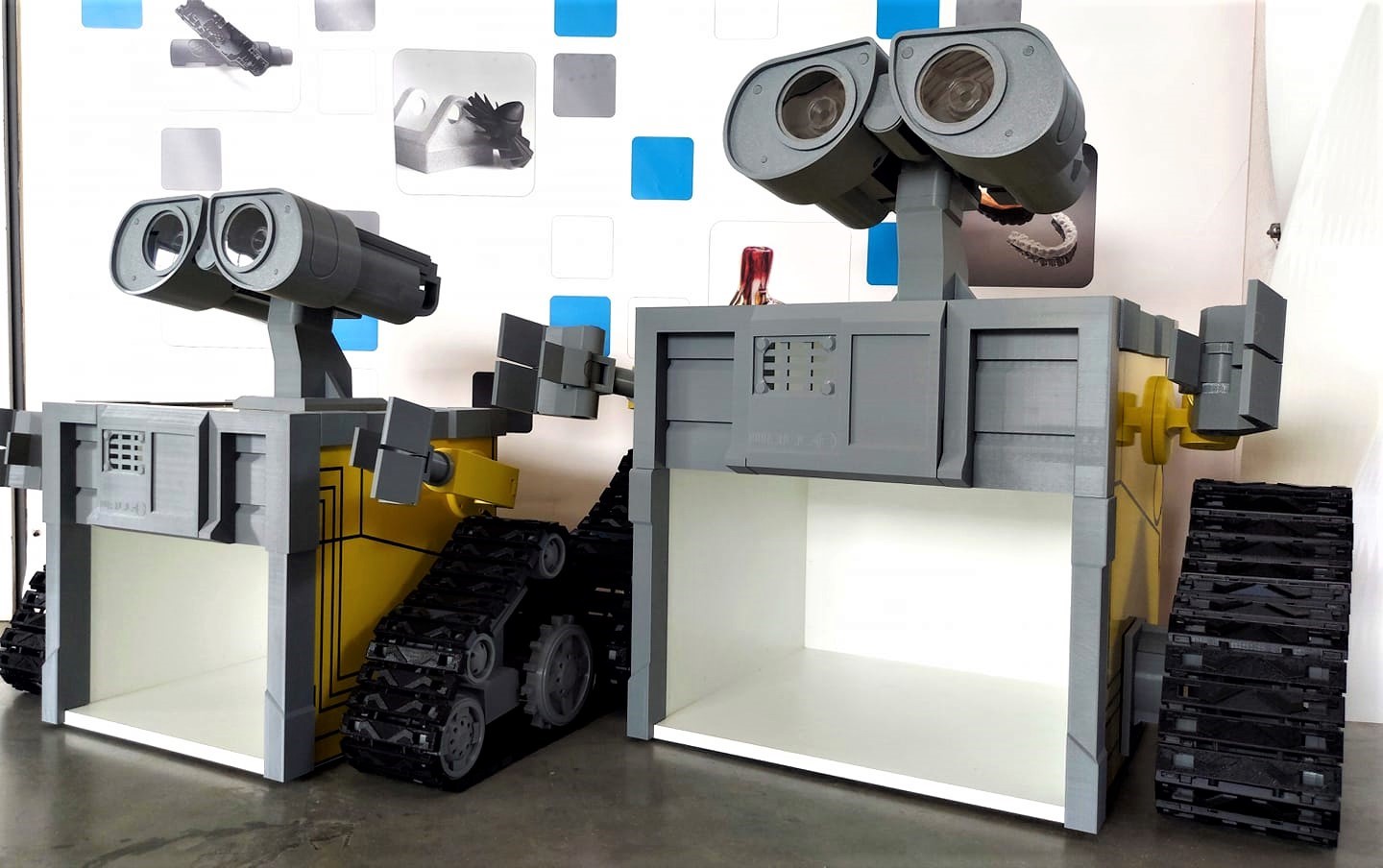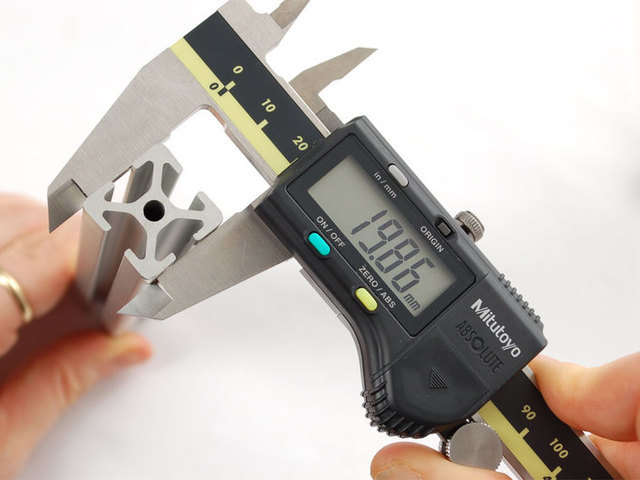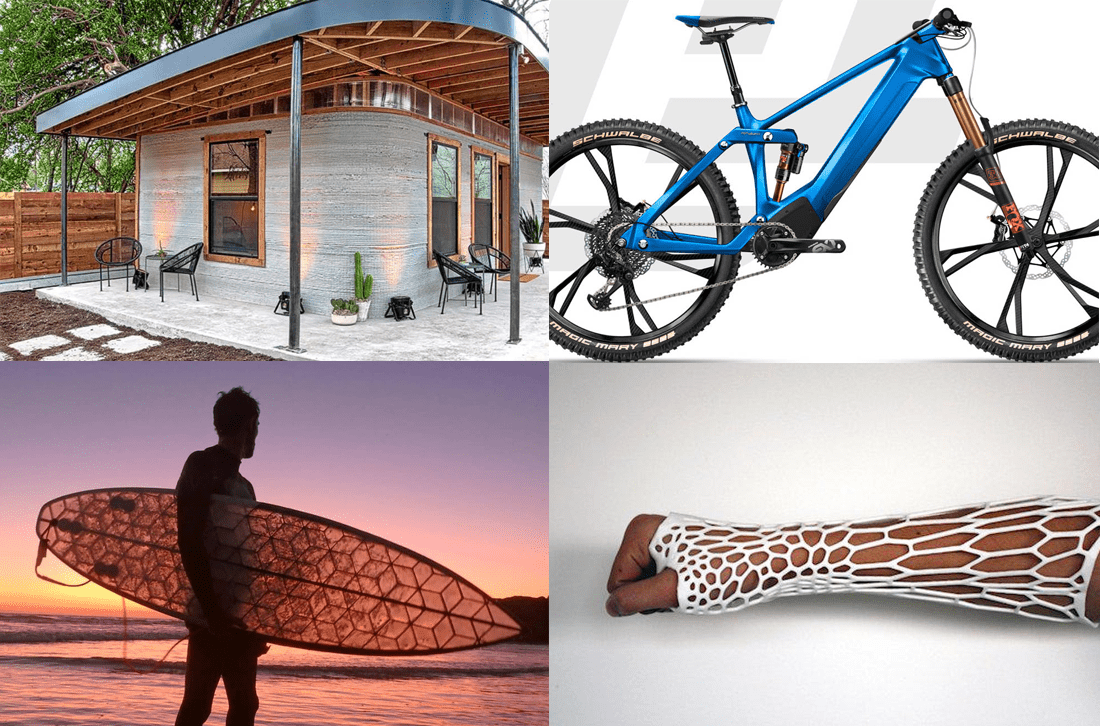3D printing as a relatively new technology still has a relatively close representation in modelling software. These are predominantly still specialized in mechanical engineering parametric modeling, since 3D printing is still a small segment of the market.
Together in short, we go through what types of modeling software are available on the market, what they offer and how to choose the right one for us.
There are basically 3 types of spatial modelling software:
1. Volumetric Parametric modelling,
2. Surface modelling,
3. Free modeling.
Volumetric parametric modeling
Conventional methods of production (such as turning, milling, drilling, etc.) are based on simple geometric shapes such as semi-finished rods and ashlars. For these technologies, volume modelling is mostly the best choice because of its simplicity and the possibility of a shape uniquely curved for production.
It also has a great advantage and is parametric modeling, which is in short that changing one parameter is automatically updated and reflected in all phases of the model or report. E.g. When we adjust the length of the model, and the position of the hole is firmly defined, it will be adjusted automatically as well. This change will also be reflected in the report on the drawing.
In practice, various kinematic analyses in reports are also used for these types of software, as it is possible to uniquely define the marginal conditions.
Fence Modeling
With 3D printing, we are far from technologically limited. Complexity has hardly any impact on the price of production. Therefore, it prefers to be flat and free modeling in the space, like when we shape from a piece of modelling clay, there is no limits to the imagination.
In this modelling it is Possible to create shapes complex surfaces. They can be easily shaped, such as the wing of the aircraft or the hood of the car. However, the output is individual surfaces that need to be closed before 3D printing to make a volume.
While modeling complex shapes is considerably simpler than in volume parametrical modelling, the dimensions of the shapes are difficult to define, which may result in the product being unable to perform the required function after production (because of the uncertainty of the model).
Typically, changes are not parametric, so when we create a change anywhere in the modelling process, it may not be updated properly.
Free modeling
Sometimes referred to as organic modeling, just because of the similarity of geometric shapes with nature (trees, rocks, sea sasks, etc.).
The advantage may be the possibility of connecting with a tablet or special modelling hardware operated by hands, allowing for better and more accurate movement in space.
For 3D printing, free modeling is the most appropriate optionif we shape organic or other heavily definable shapes. It is possible to achieve extreme shape complexity and to unravine objects other than 3D printing inseparable.
CAD Software
3DS Max
3DS Max is a professional graphics program mainly for creating 3D animations, models, etc.
Output model formats:. 3DS,. Max
Modelling type: Volumetric parametric modelling and surface modelling.
Autocad
AutoCAD is one of the first modeling software ever. It is used in various sectors such as architecture, engineering and electrical engineering.
Output model formats:. DWT,. dwg
Modelling type: surface modelling.
Fusion 360
Fusion 360 is currently a very popular software because it offers professional tools, while the license is for students and smaller businesses for free.
Output model formats:. F3D
Modelling type: surface modelling.
Inventor
Inventor is very widespread mainly for its user simplicity and quite low cost per license.
Output model formats:. IPT,. iam,. IDW
Modelling type: surface modelling.
Onshape
Onshape is exclusively an internet-oriented CAD software that uses cloud storage to work with files.
Output model formats: cloud-only
Modelling type: surface modelling.
Creo
PTC Creo is a comprehensive package of software that also offers many other professional tools in addition to modelling. It is largely used by Automati.
Output model formats:. PRT,. asm
Modelling type: surface modelling.
Rhino
Rhinoceros is a versatile tool suitable predominantly for shape-complex objects.
Output model formats:. 3DM
Modelling type: Volumetric parametric modelling and surface modelling.
Sketchup
SketchUp is a simple software suitable for beginners without prior experience with 3D modeling.
Output model formats:. SKP
Modelling type: Volumetric parametric modeling.
Sketchup
SketchUp is a simple software suitable for beginners without prior experience with 3D modeling.
Output model formats:. SKP
Modelling type: Volumetric parametric modeling.
Solidworks
Solidworks is mainly widespread in engineering for its user simplicity and lower cost per license than for example. Creo.
Output model formats:. SLDPRT,. Sldasm,. SLDDRW
Modelling type: Volumetric parametric modelling and surface modelling.
Solid Edge
Solid Edge is an advanced tool that also contains various superstructures for the management of the product lifecycle.
Output model formats:. PRT,. asm
Modelling type: surface modelling.
Zbrush
ZBrush is a digital modeling software designed for free modeling.
Output model formats:. obj
Modelling type: Free modeling.
Summary:
There are dozens of professional software for 3D modeling on the market. It is advisable to first match the production technology we will predominantly model.
Further, what are our experience with 3D modelling and, last but not least, the budget. The license for a top-notch modeling software can be moved up to tens of thousands of euros.
The good news is that there are also free software that can achieve quality results.





